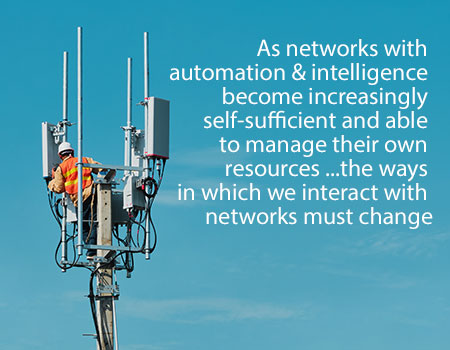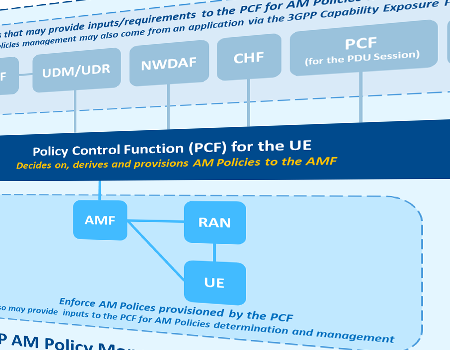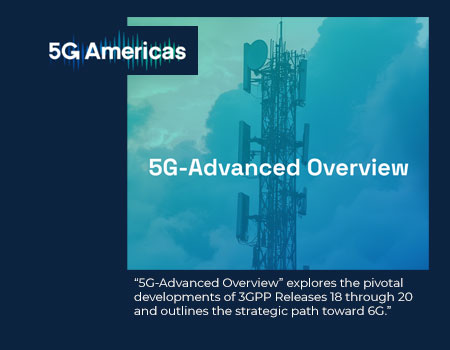By Alain Sultan, 3GPP MCC
Ultra Reliable and Low Latency Communications (URLLC):
In some contexts, extremely high reliability is needed. For instance, for remote control of process automation, a reliability of 99.9999% is expected, with a user experienced data rate up to 100 Mbps and an end-to-end latency of 50 ms.
Reliability and Latency as independent aspects
Reliability and Latency are actually two different concepts: Traditionally, increased reliability has been achieved thanks to redundancy, including potential retransmission, and this increased the latency. This was acceptable because the main service requesting a higher reliability was data transfer - for which latency was not critical.
Conversely, services requesting a shorter latency were the interactive ones, mostly (video)telephony, where it was acceptable to have a reduced reliability.
So (higher) Reliability and (lower) Latency have traditionally "mutually rejected" each other because of contradicting solutions, technologically speaking.
With the 5G System becoming a tool for other industries, a new need has arisen, where both increased reliability and reduced latency are needed simultaneously. The main fields demanding for such requirements are e.g. autonomous driving (V2X), Machine-Type of Communication (MTC, IoT) and remote control in factories (CyberCAV and others).
Up to Rel-14 (early 2014), the two aspects (reliability and latency) were treated rather independently, but with Rel-14 these needs started to be thought as a simultaneous request: e.g. the initial phase of V2X services mandated the (then 4G, LTE) radio to support "Message transfer latency no longer than 100 ms with 20 ms maximum allowed latency in some specific use cases", without any compromise on reliability.
Even GERAN (evolved 2G) and its "Enhancements of NB-IoT" was seeking, among other aspects, to reduce the latency. In parallel, features to increase reliability, such as "Extended architecture support for Cellular Internet of Things" aimed to do so without increasing the latency.
Reliability and Latency as joined aspects: Setting the scene (Rel-15)
Putting higher reliability and lower latency together was one of the key expectations of 5G, so it is quite logical that Release 15 (defining the initial 5G Release) introduces "EPC support for E-UTRAN Ultra Reliable Low Latency Communication". As for the brand new 5G Radio part (New Radio, NR), low latency is taken as a key design criteria. Besides, the 4G access is also improved to this respect, with RAN's 4G-only Feature "Highly Reliable Low Latency Communication for LTE".
For the 5G core network, this union of "conflicting requirements" is achieved mostly thanks to the "Local hosting of services", referring to the "Edge Computing" capability. Edge computing (or simply Edge) is the possibility for an operator and/or a 3rd party to execute the services close to the UE's access point of attachment. This reduces the end-to-end latency and the load on the transport network. Beside Edge, the Core Network improves its QoS Class Identifier (QCIs) mechanism. This was introduced in 4G to handle the QoS on a per-bearer basis. In 5G, several new QCIs values are introduced for ultra reliable and low latency services, for which the Packet Error Loss Rate calculation includes the packets that are not delivered within the Packet Delay Budget. This is intended to cover services such as Discrete Automation, Intelligent Transport Systems and Electricity Distribution.
In the 5G Radio, transmissions over a fraction of a slot are possible (against one slot in the usual case), with the minimum set to only two symbols (against 14 symbols for a full slot in the usual case). Such very short transmissions mainly target usage cases requiring low latency. Other specificities are introduced in the design of the radio interface for low latency (e.g. frequent monitoring of PDCCH, more than once per slot in the usual case; specific PUCCH formats; etc).
In the 4G Radio, a number of optimisations are done to improve the reliability while not compromising (much) on the latency. This includes Semi-static CFI configuration, PDSCH repetition, UL SPS repetition, PDCP packet duplication; Granular time reference provision and improvements for reduced system acquisition time (EARFCN pre-provisioning, Resynchronization signal, Improved MIB and SIB demodulation performance; and SI update indication). Also, the EDT feature, the HARQ feedback and UL data compression in LTE features may also help reduce latency.
URLLC Rel-16 and Rel-17 improvements
URLLC is a major axis of enhancement of the 5G System.
In Rel-16, the main improvement for URLLC is the introduction of Redundant transmission for high-reliability communication. : user packets are duplicated and simultaneously transferred to the receiver via two disjoint user plane paths. User packets are duplicated and simultaneously transferred to the receiver via two disjoint user plane paths. The redundant packets are then eliminated at the receiver side. With this, service failure can be avoided even in case the packet transmission via one path occasionally fails or exceeds the delay requirement. Different ways of duplicating the paths are specified (Dual Connectivity, using two N3 and N9 tunnels, using two N3 tunnels).
Other non-radio specific aspects are QoS Monitoring, Dynamic division of Packet Delay Budget, Packet Delay Budget (PDB) and enhancements of session continuity.
As for the Radio aspects, the Physical Layer is improved for the support of URLLC in several ways: new DCI formats, Enhanced PDCCH monitoring capability, Sub-slot based HARQ-ACK feedback, Two HARQ-ACK codebooks constructed simultaneously, PUSCH enhancements, Enhanced inter UE Tx prioritization/multiplexing and Multiple active configured grant configurations for a BWP.
Finally, several aspects of (Industrial) IoT and support of Vertical and LAN Services are also targeting as reducing the latency and improving the reliability.
The Rel-17 URLLC work is mostly contained in the Feature " Enhanced Industrial IoT and URLLC support for NR ". This covers mostly some "Physical Layer feedback enhancements for HARQ-ACK and CSI reporting" and the "Intra-UE multiplexing and prioritization of traffic with different priority".
The NR Sidelink (direct UE-to-UE communication), introduced in Rel-14 for V2V, is further improved, with positive impacts on latency. Finally in the Access Network, several improvements of other Features also help in reducing the latency, such as the "Carrier selection based on coverage level for NB-IoT", the improvements made for MIMO for NR, the NR Uplink Data Compression (UDC), or the Duplexing enhancements of Integrated Access and Backhaul (IAB) for NR.
As for the Core Network, Edge Computing is enhanced, e.g. with the possibility to perform an "Edge relocation".
Updated: 08/2022
Please be aware that this page is a snapshot of the work going on in 3GPP at the time of writing. The full up-to-date picture of all work is contained in the Work Plan (https://www.3gpp.org/ftp/Information/WORK_PLAN/)


 Technology
Technology




